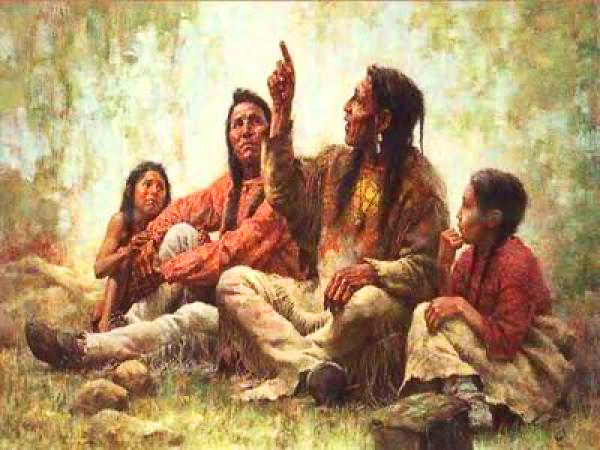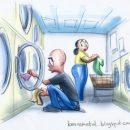 This is the beginning of an important story. It may begin with a whimsical “Once upon a time…” but it references a deeper, profound path that runs through everyone’s life that is relevant and needed today more than ever.
This is the beginning of an important story. It may begin with a whimsical “Once upon a time…” but it references a deeper, profound path that runs through everyone’s life that is relevant and needed today more than ever.
It is an invitation to you who share this journey with us to be reminded, affirmed or perhaps introduced first time to the importance of story and what it holds for each of us in our own way. We hope to offer insights into what sets or inspires each of us regarding our beliefs, opinions and behaviors. It is so important a topic that it may be the only effective way to engage us, sustain us for extended periods, and under optimal conditions, retain us for a lifetime.
Storytelling was the first critical human technology, fire came later. And writing came long long after.From earliest times, storytelling has played a primary role in human communications. The use of story flows from the ancient traditions of spirituality and now is coming in contact with the modern world and its unique problems. But much like NASA nearly forgot how to get back to the moon when most of its lessons, learnings and stories from the Apollo missions evaporated, on the macro human scale, society today has largely drifted away from the use and appreciation of stories to convey essence of our human heritage.
This excerpt from: “The Spirituality of Imperfection” by Kurtz & Ketcham sums it up. “Listening to stories and telling them helped our ancestors to live humanly—to be human. But somewhere along the way our ability to tell (and to listen to) stories was lost. As life speeded up, as the possibility of both communication and annihilation became ever more instantaneous, people came to have less tolerance for that which comes only over time. The demand for perfection and the craving for ever more control over a world that paradoxically seemed ever more out of control eventually bred impatience with story. As time went by, the art of storytelling fell by the wayside, and those who went before us gradually lost part of what had been the human heritage—the ability to ask the most basic questions, the spiritual questions.”
Ancient cultures used oral narratives as a way of passing along their traditions, beliefs and learning from one generation to the next. Throughout history, the nature of storytelling has significantly evolved with the dawn of writing, and more recently with the emergence of new technologies, have enabled stories to be woven into a variety of media, including books, films, TV and the Web.
It is this fundamentally effective aspect of a story to connect with an individual on an emotional level, as well as person-to-person, that gives storytelling an unequalled ability to engage, enlighten and inspire. Consider that patients must be convinced to be compliant with their medication or therapy, consumers to buy your company’s products or services, employees and colleagues to go along with a new strategic plan or reorganization, investors to buy (or not to sell) your stock, and partners to sign the next deal.
Years ago, the Harvard Business Review published an interview “Storytelling That Moves People” with screen writing coach Robert McKee . These particular quotes were particularly relevant.
People organize their reality through stories, so communicate in a way they can relate to. “But despite the critical importance of persuasion, most executives struggle to communicate, let alone inspire. Too often, they get lost in the accoutrements of company speak: PowerPoint slides, dry memos, and hyperbolic missives from the corporate communications department. Even the most carefully researched and considered efforts are routinely greeted with cynicism, lassitude, or outright dismissal.”
Numbers and expert opinions are intimidating without a personal context. “There are two ways to persuade people. The first is by using conventional rhetoric […]And you build your case by giving statistics and facts and quotes from authorities. […] if you do succeed in persuading them, you’ve done so only on an intellectual basis. That’s not good enough, because people are not inspired to act by reason alone. ”
Humanize statistics and results – people will internalize your social impact if it is tied to emotion. “The other way to persuade people – and ultimately a much more powerful way – is by uniting an idea with an emotion. The best way to do that is by telling a compelling story.”
People are interested in the process, not just the outcome. The richness of story is in the details. “Essentially, a story expresses how and why life changes. […] you want to display the struggle between expectation and reality in all its nastiness.”
Emotive Storytelling, The Heart and Science of Persuasion is focused on persuasion for important reasons. It is persuasion that is the centerpiece of person-to-person interactions, healthcare, behavior change and most business activity. And few things in life encourage a outcome better than a great story. Yet, as we well know, persuasion is a difficult “life” business whether it is in relationships, families, work environments or healthcare settings. The bottom line, to involve people at the deepest level, start by telling a meaningful story.










No comments yet.